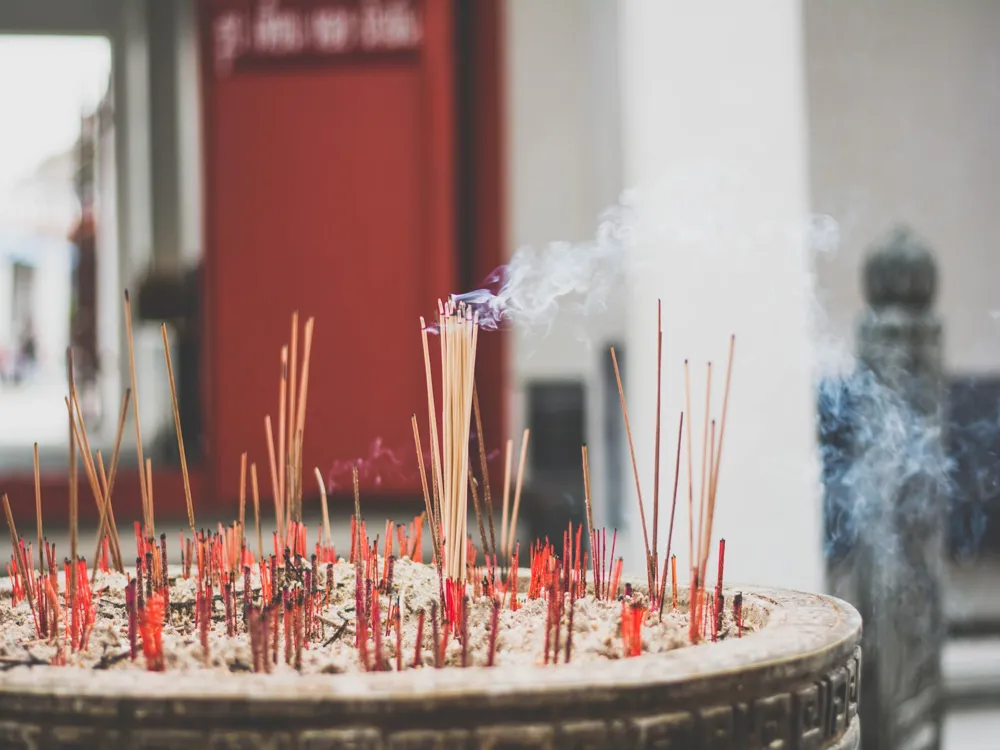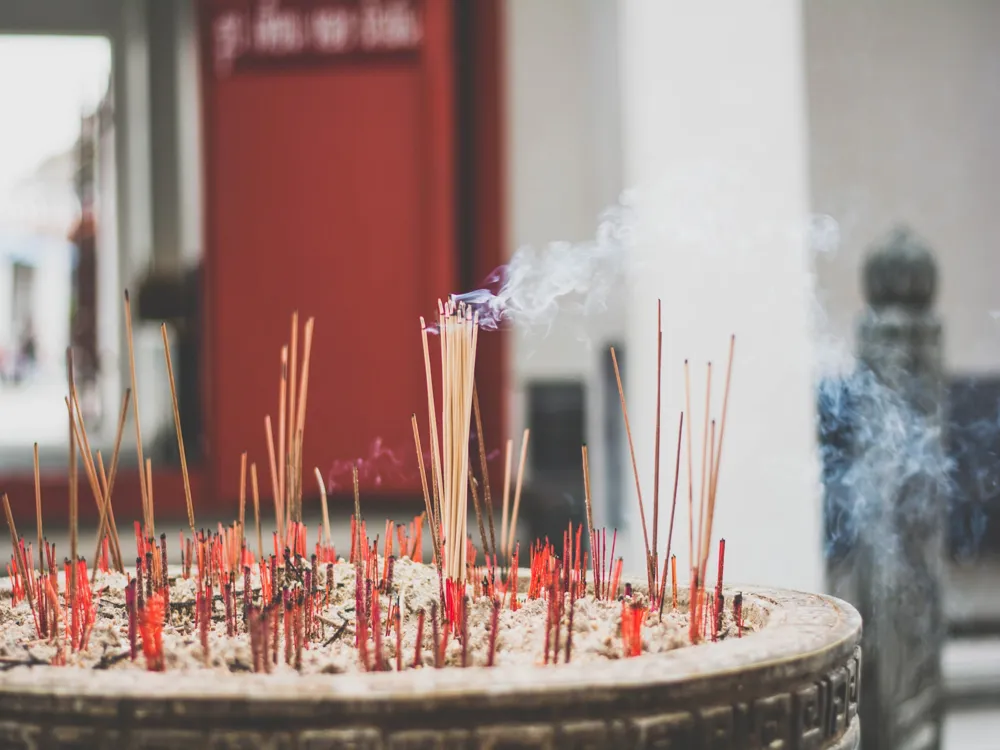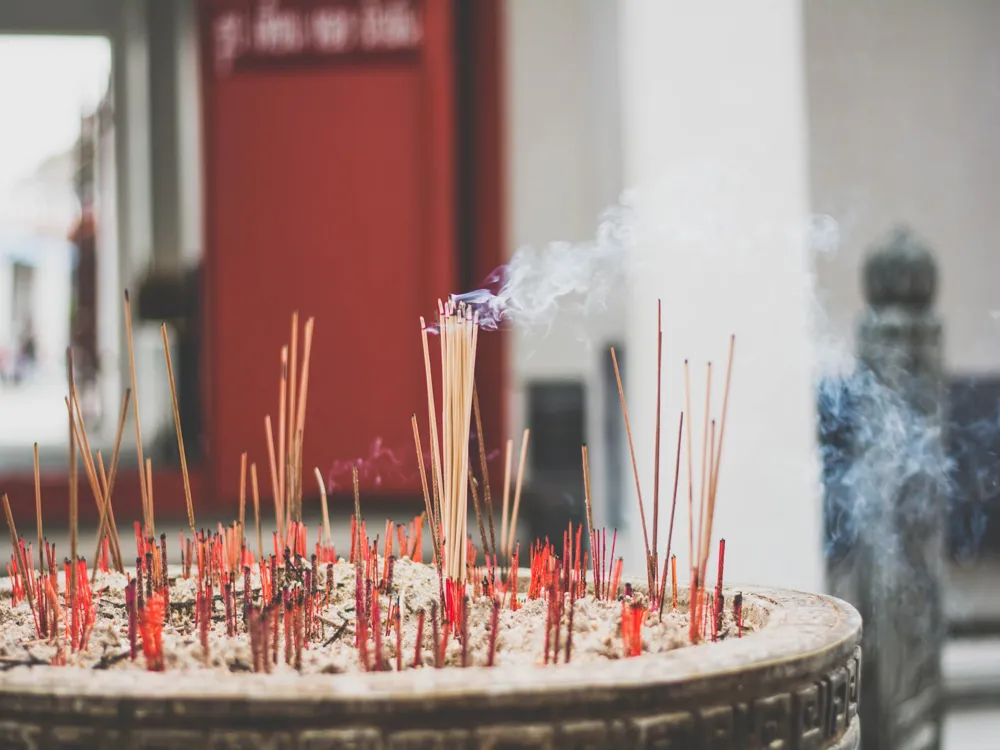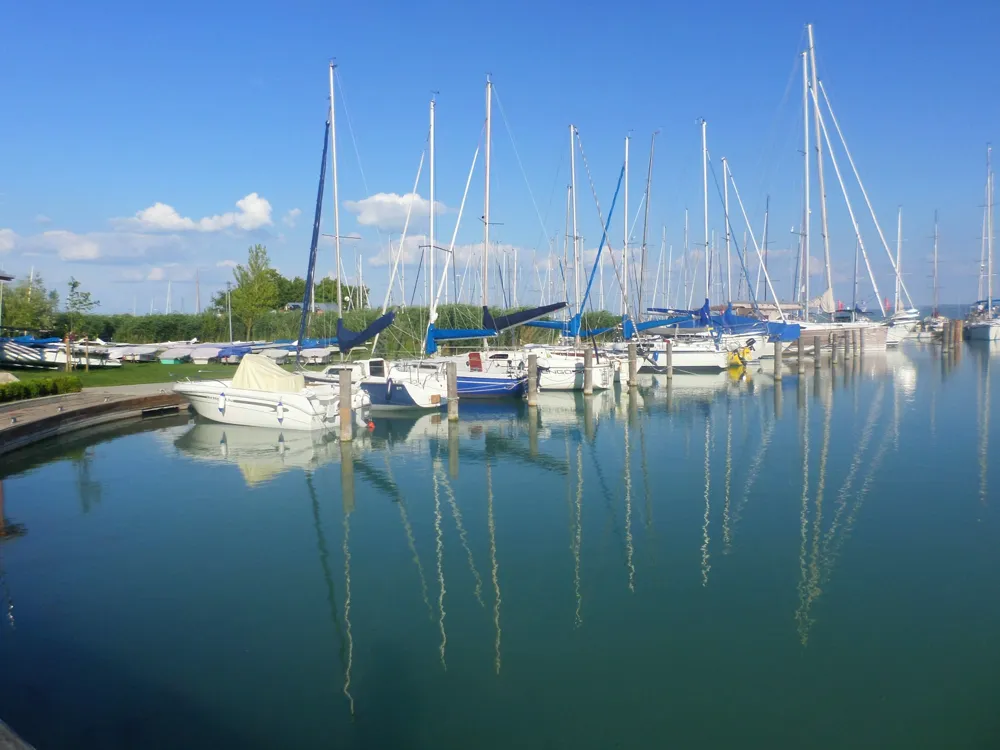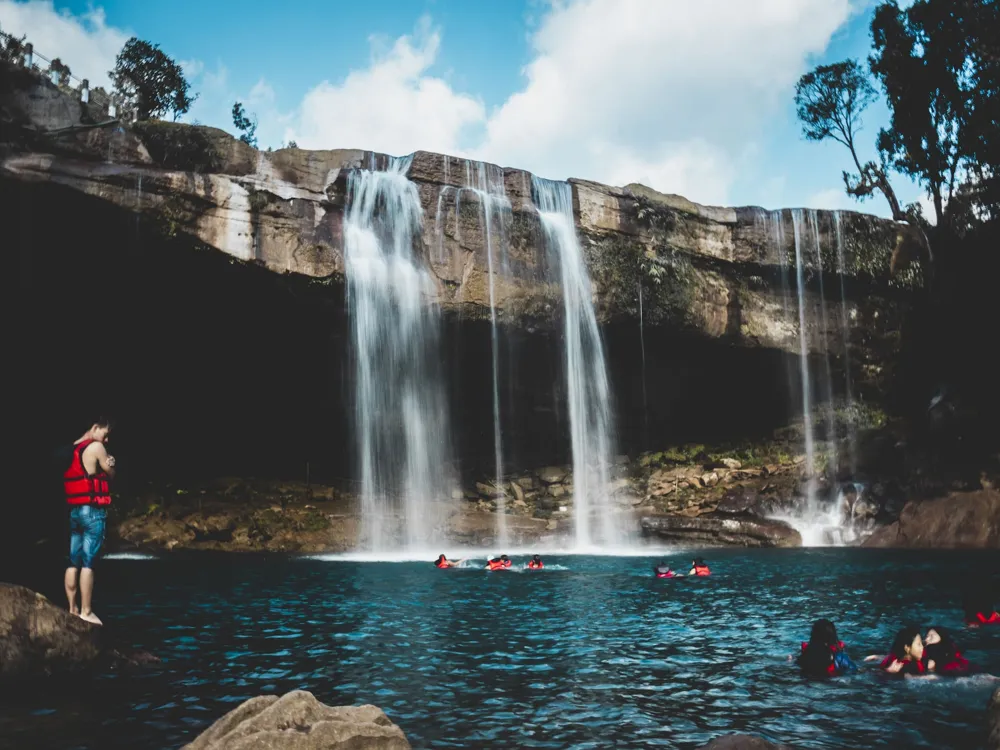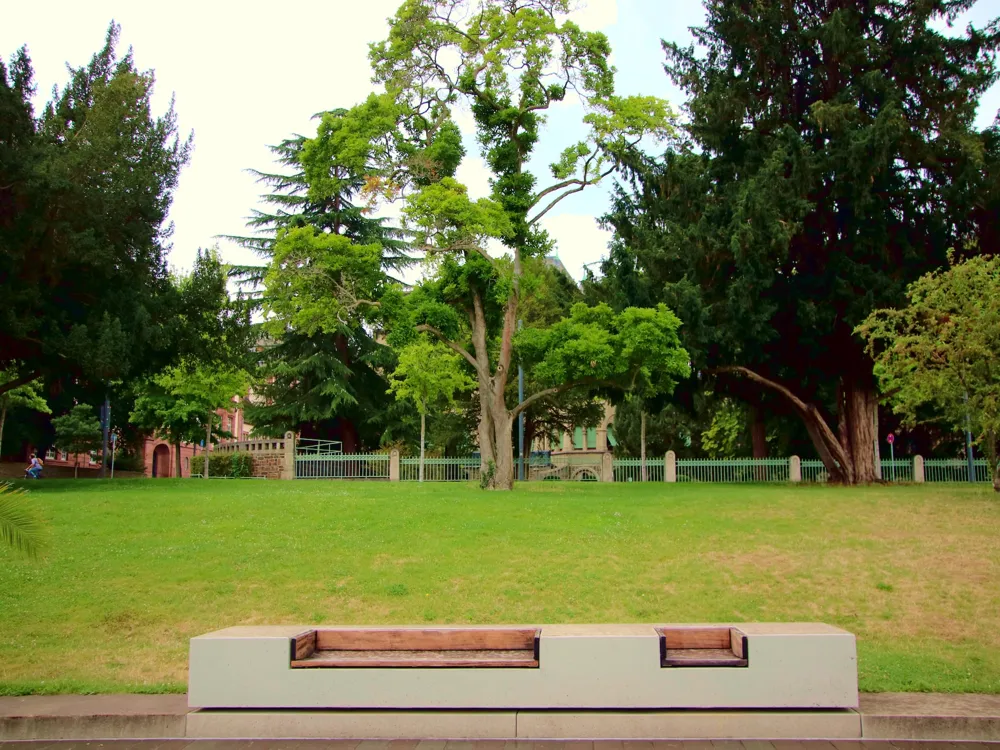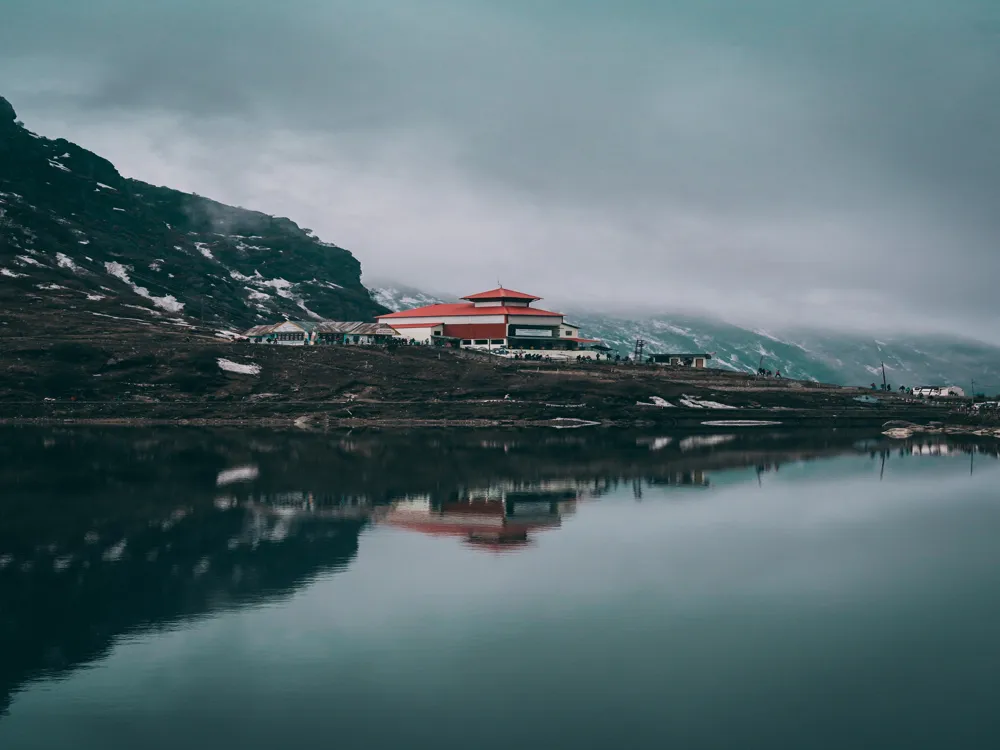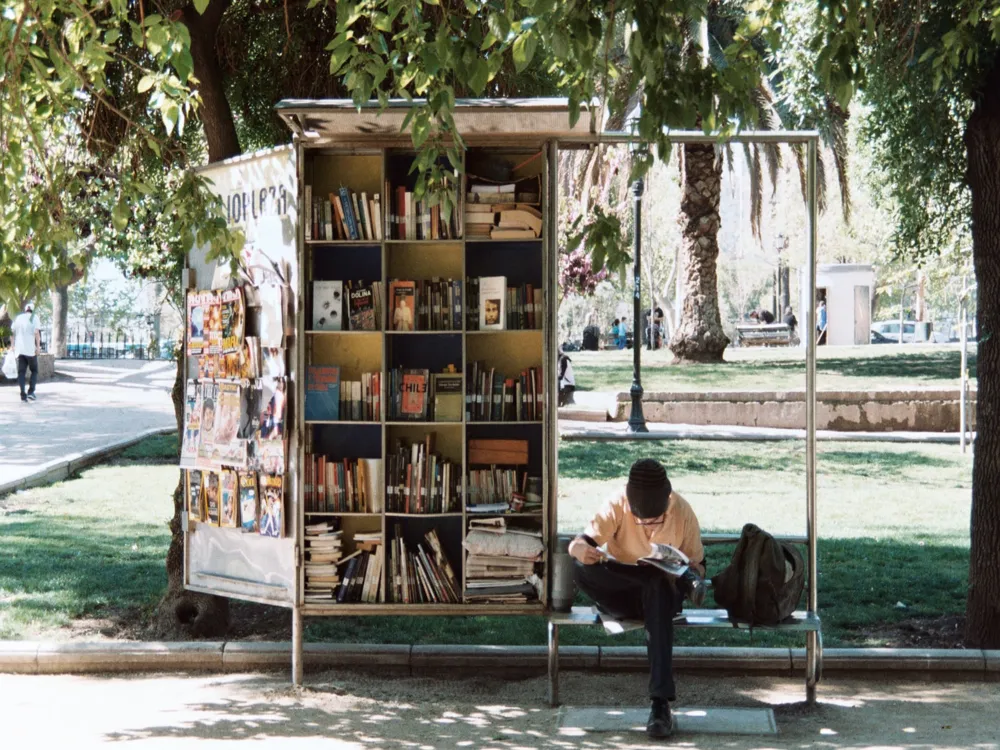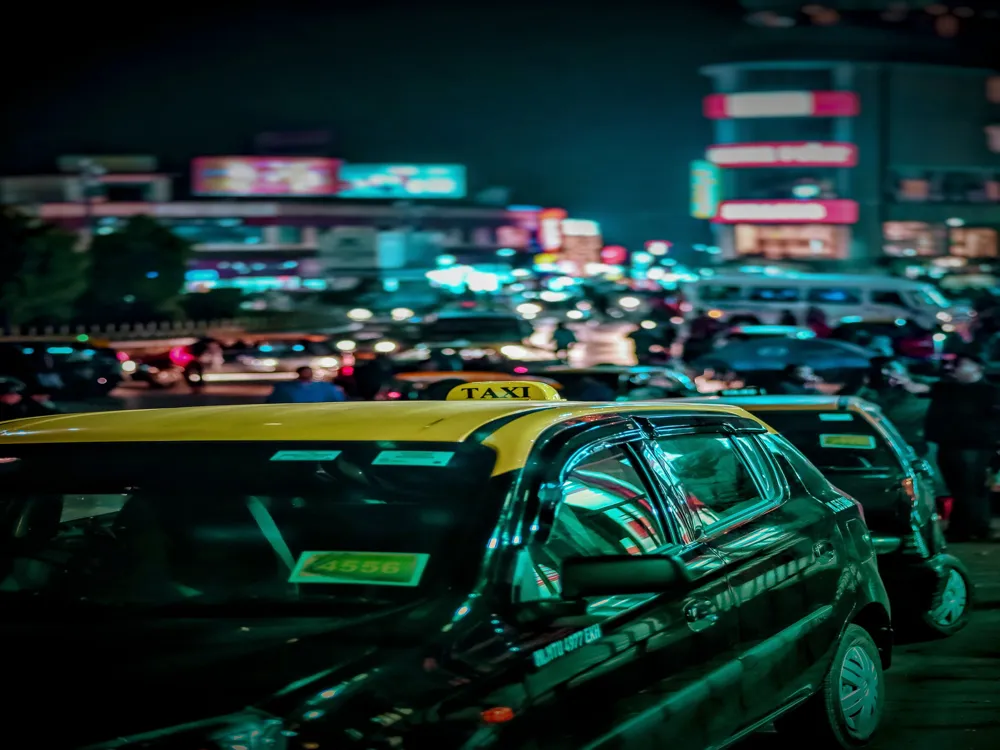The Fenguwa Rampart, a historical fortress located in the Nalbari district of Assam, stands as a testament to the rich cultural and architectural heritage of the region. This ancient structure, believed to be built during the reign of the Ahom dynasty, showcases the ingenuity and strategic acumen of its creators. The rampart, primarily constructed for defense purposes, is surrounded by lush greenery and water bodies, making it a picturesque site that attracts historians, tourists, and nature enthusiasts alike. The rampart's architecture is a unique blend of indigenous techniques and materials, characterized by its massive earthen mounds and intricate water management system. These features not only protected against invaders but also played a crucial role in the daily life of the inhabitants, offering a sustainable way of living in harmony with nature. The Fenguwa Rampart's design reflects the socio-political scenario of its time, providing insights into the military strategies and lifestyle of the Ahom period. Today, Fenguwa Rampart is not just a historical site but also a symbol of Assam's resilience and architectural prowess. Its preservation is a matter of great importance, as it helps to maintain the connection with the region's past and educates future generations about their heritage. Visiting the Fenguwa Rampart offers a unique opportunity to step back in time and experience the grandeur of Assam's history. The architecture of the Fenguwa Rampart is a remarkable example of ancient Assamese military construction and is renowned for its strategic design and sustainability. The primary structure of the rampart is composed of large earthen mounds, which were strategically placed to provide a formidable defense mechanism against invaders. These mounds, some reaching impressive heights, were designed to give the defenders a higher vantage point, making it difficult for enemies to launch successful assaults. One of the most intriguing aspects of the rampart's architecture is its sophisticated water management system. The structure was surrounded by moats and water channels, which served multiple purposes: they acted as an additional line of defense, regulated the flow of water for agricultural purposes, and ensured a steady supply of water for the inhabitants. This system highlights the ancient Assamese architects' understanding of hydraulics and their ability to integrate it into military architecture effectively. The materials used in the construction of the Fenguwa Rampart were primarily locally sourced, which included various types of soil, bamboo, and timber. This choice of materials not only made the construction sustainable but also allowed for quick repairs and modifications when needed. The use of local materials and techniques also illustrates the adaptation of the architecture to the region's climatic conditions, ensuring the longevity and durability of the structure. In summary, the architecture of the Fenguwa Rampart is a fascinating amalgamation of military strategy, environmental sustainability, and regional ingenuity. Its design and construction techniques offer a glimpse into the rich architectural heritage of Assam and the advanced level of skill possessed by the ancient architects of the region. The ideal time to visit Fenguwa Rampart is between October and April, when the weather in Assam is pleasant, and the natural beauty of the region is at its peak. This period avoids the heavy monsoon rains and the extreme heat of summer, providing a comfortable environment for exploring the rampart. Visitors are encouraged to respect the local culture and traditions while visiting the rampart. It's important to dress modestly, avoid littering, and be mindful of the site's historical and cultural significance. Engaging with local guides and artisans can also enrich your experience and understanding of the place. Photography is usually allowed at Fenguwa Rampart, but it's advisable to check for any specific guidelines or restrictions. Using drones may require special permission. Always be respectful of the site and avoid causing any damage while taking photographs. While the Fenguwa Rampart is generally safe for visitors, it's important to stay on marked paths and avoid climbing on unstable structures. Carrying water and using sunscreen is recommended, as some areas may have limited shade. Fenguwa Rampart is accessible by various modes of transportation. The nearest major city is Guwahati, which is well-connected by air, rail, and road. From Guwahati, visitors can hire taxis or use local buses to reach Nalbari. Once in Nalbari, local transportation options like auto-rickshaws and hired vehicles can be used to reach the rampart. It's advisable to plan your journey and consider local travel conditions. Read More:Overview of Fenguwa Rampart in Nalbari, Assam
Architecture of Fenguwa Rampart
Tips When Visiting Fenguwa Rampart
Best Time to Visit
Respecting Local Culture
Photography Guidelines
Staying Safe
How To Reach Fenguwa Rampart
Fenguwa Rampart
Nalbari
Assam
NaN onwards
View nalbari Packages
Nalbari Travel Packages
View All Packages For Nalbari
Top Hotel Collections for Nalbari

Private Pool

Luxury Hotels

5-Star Hotels

Pet Friendly
Top Hotels Near Nalbari
Other Top Ranking Places In Nalbari
View All Places To Visit In nalbari
View nalbari Packages
Nalbari Travel Packages
View All Packages For Nalbari
Top Hotel Collections for Nalbari

Private Pool

Luxury Hotels

5-Star Hotels

Pet Friendly










